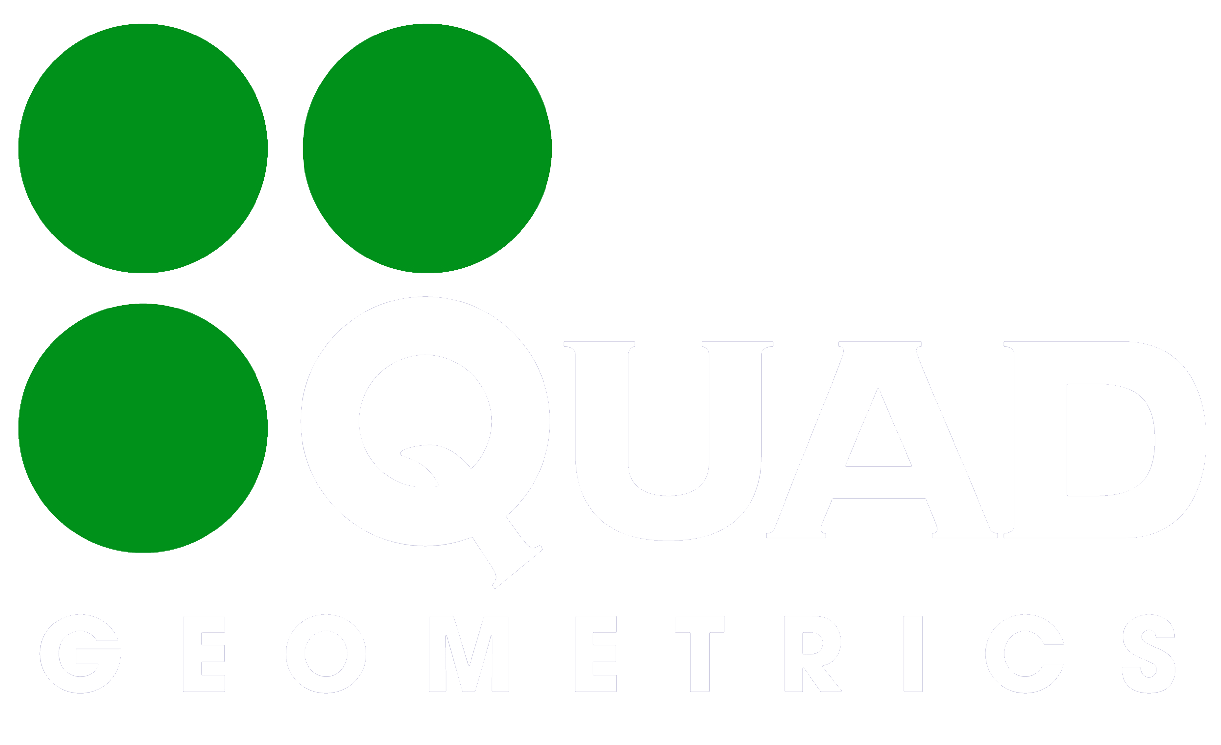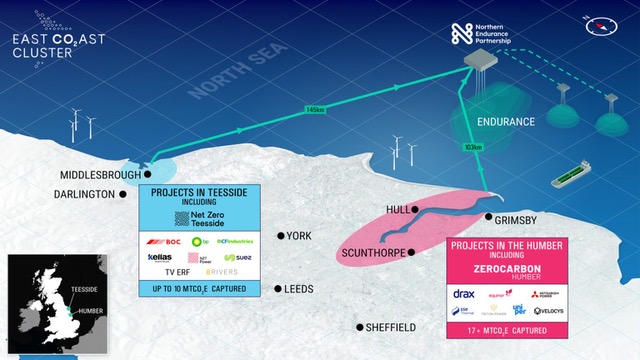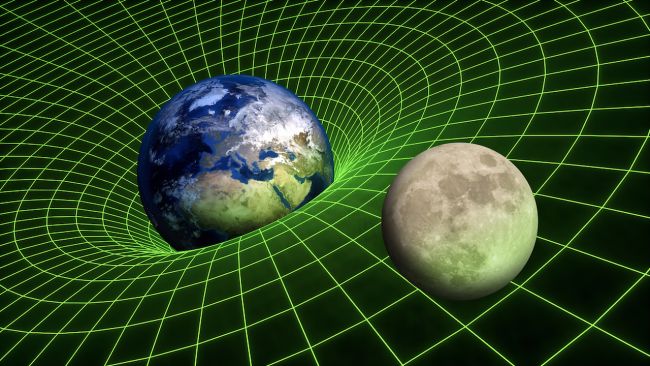On land, subsidence or uplift can be measured with a few mm precision by InSAR, GPS or optical levelling. Deformations can also be accurately measured by tiltmeters or strain meters. Optical or electromagnetic signals hardly penetrate to the seafloor, and the tilt/strain methods require further R&D – both on land and at sea – to find practical and economical applications. At the seafloor, water pressure can be a precise proxy for depth. Acoustic signals are widely used to map the seafloor but is not sufficiently accurate to measure heights at the mm level. Technology for horizontal acoustic ranging in a permanent seafloor network has been deployed at the Ormen Lange field (Dunn et al. 2016) with reported detection of strain rates of 5 x 10-6 per year, and at tectonic plate boundaries (Peterson et al. 2019) with baseline length precision of 3-12 x 10-6. Such require significant up-front investments and are vulnerable to instrument failures. Water pressure surveys have provided height precision of a few mm, which is comparable to the best land measurements (Stenvold et al. 2006).

Sketch of the survey modus of a mobile pressure gauge measuring sequentially at sites.
As described in Stenvold et al. (2006) and Burgman and Chadwell (2014), water pressure can be a precise (but not necessarily accurate) proxy for depth. In hydrostatic equilibrium, the relative pressure pR, is related to the relative depth zR by:

Here rho is the water density and g gravity in the depth range. Ocean tides, currents and meteorological effects all cause natural variations in pressure. To correct for these, reference pressure is additionally measured on a sub-grid spanning the survey area; pref(xi,yi,t) at the station locations (xi,yi). The reference pressure is interpolated to provide pressure at any location at any time. After re-arranging the equation above and including the reference pressure Pref, we get for the relative depth ZR:


Examples of instrumentation used for precise seafloor water pressure measurements. 1) Quad Geometrics’ combined gravity and pressure instrument sitting on a seafloor benchmark. 2) Octio’s combined gravity and pressure instrument attached to an ROV. 3) A pressure-only instrument (from Nooner and Chadwick 2016). 4) Quad Geometrics’ reference pressure (tide) gauge.
pR is measured at all stations by mobile pressure sensors sequentially put on top of seafloor benchmarks in surveys lasting days or weeks. Some (or all) stations are re-visited to control instrument drift and to improve estimates by averaging. Repeat measurements and multiple sensors provide in addition redundancy which provides statistics and opportunities for in-situ calibration. Subsidence or uplift is obtained when surveys are repeated at a later time and data are compared. Additional benchmarks outside the area of expected change provide references to which movements can be related. Gravity can be measured in parallel using a combined instrument package. This requires little extra cost compared to a pressure-only survey.
Gravity usually benefits from 10-20 minutes recording time, while pressure can have an accurate average after a few minutes. In some situations, like shallow water and high-amplitude standing pressure waves, longer recording time improve the pressure data as well. . In most cases, consecutive samples agree within about 10 Pa, but variations exceeding 100 Pa have been observed in the North Sea shelf areas.

Left: Example of pressure variations exceeding 100 PA within a 20-minute record, made at 300 m water depth, and corrected for tidal variations. Right: The power spectrum of the time series.
Various pressure sensing technologies are available. Most are based on the Bourdon tube, where the extension or shortening of the tube due to changes of pressure is measured by a quartz strain gauge. A resolution of 10-6 is usually obtained. In the Norwegian offshore projects mostly Paroscientific Digiquartz gauges have been used. They have performed clearly better than their 10-4 absolute specifications. The gauges are sensitive to their orientation in the gravitation field, and tiltmeter information is used to correct for slight tilt variations between measurements. Some other sensor types/manufacturers have been tested without providing as stable results.
Sensor drift is controlled by repeat measurements. Reference pressures can be calibrated against the mobile instrument to correct for drift. Chadwick et al. (2006) calibrated long-term deployed seafloor pressure gauges with mobile survey pressures above an inflating seamount. Self-calibrating instruments have been developed (e.g. Sasagawa et al. 2016), which allows for deployment of pressure sensors over years (semi-permanent). The above described “survey-mode” has been preferred for the Norwegian fields with 20-120 stations each. Multiple sensors and repeat visits give data redundancy which makes it straightforward to find and fix errors and advance the technology.
The pressure surveys typically obtain intra-survey single measurement precision (repeatability) of 2-5 mm (Zumberge et al. 2008, Ruiz et al. 2020, Eiken et al., 2022), which corresponds to 10-5 relative accuracy and is superior to other methods (Hatchell et al. 2017). The largest uncertainties are caused by spatial and temporal variations in the natural ambient pressure causing inaccuracies in the reference pressure correction. In some few cases, differential settlement or instability of a benchmark cause time-lapse variations of significance. The definition of zero-level for the relative changes adds another uncertainty. Temperature variations are corrected in the frequency-to-pressure conversion, with constants initially calibrated in laboratory tests. This can be fine-tuned by in-situ calibration in the Attack software or by additional temperature control, as discussed in Eiken et al., 2022.
The instrument package is carried by ROV’s (Remotely Operated Vehicle). Transits usually take about 70% of the survey time, with the ROV either on the deck of the survey ship or travelling through the water between stations. Any offshore service vessel equipped with a work-class ROV and subsea navigation can be used. In the North Sea, the well-functioning ship market has helped this part of the operation which requires the most resources in people and cost.




